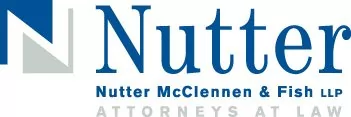The Leahy-Smith America Invents Act (AIA) introduced a number of important changes to U.S. patent law. Many of the provisions in the AIA do not apply to patent applications that have an effective filing date prior to March 16, 2013 (pre-AIA applications). For a number of reasons that have been well documented, it can be desirable to preserve an application's status as a pre-AIA application.
When filing a continuation that claims priority to a pre-AIA application, there is a decision to be made as to whether to file new claims with the application, or to submit them one or more days later in a preliminary amendment. There may be some advantage to doing the latter:
Option 1: New claims filed with continuation application or in a preliminary amendment filed on same day as the continuation application: In this situation, if the new claims are found to be unsupported by the parent application, the unsupported claims will be given an effective filing date of the date the continuation was filed (which will, of course, be after the AIA implementation date). As a result, the entire application—and any follow-on applications—will be treated under the less-favorable post-AIA rules.
Option 2: New claims filed in a preliminary amendment one or more days after the continuation application is filed: In this situation, if the claims are found to be unsupported by the parent application, they will be rejected and will not be entered. The application's status as a pre-AIA application will not be affected.
While there are situations where it may be desirable to use option 1, it is usually best to use option 2 so as not to risk converting an application family to post-AIA status.
Additional details can be found in the United States Patent and Trademark Office's First-Inventor-To-File ("FITF") final rules.
Originally published July 21, 2014
This update is for information purposes only and should not be construed as legal advice on any specific facts or circumstances. Under the rules of the Supreme Judicial Court of Massachusetts, this material may be considered as advertising.


